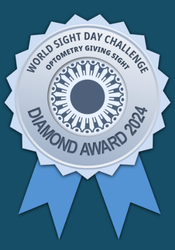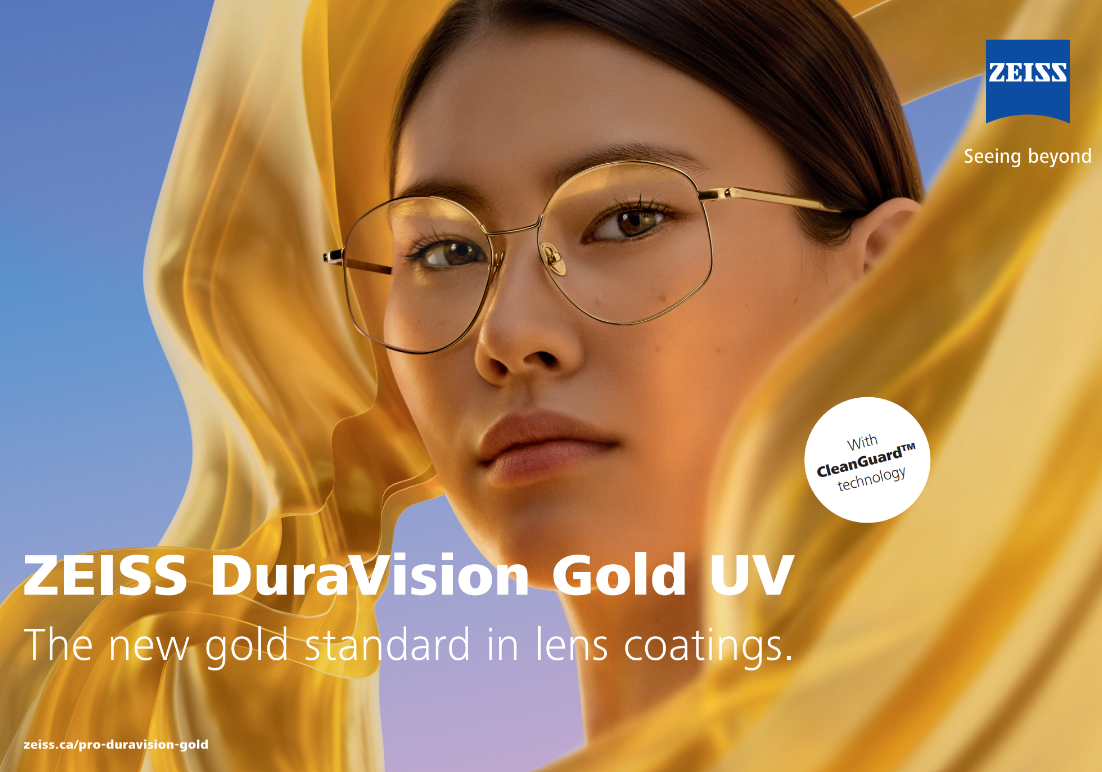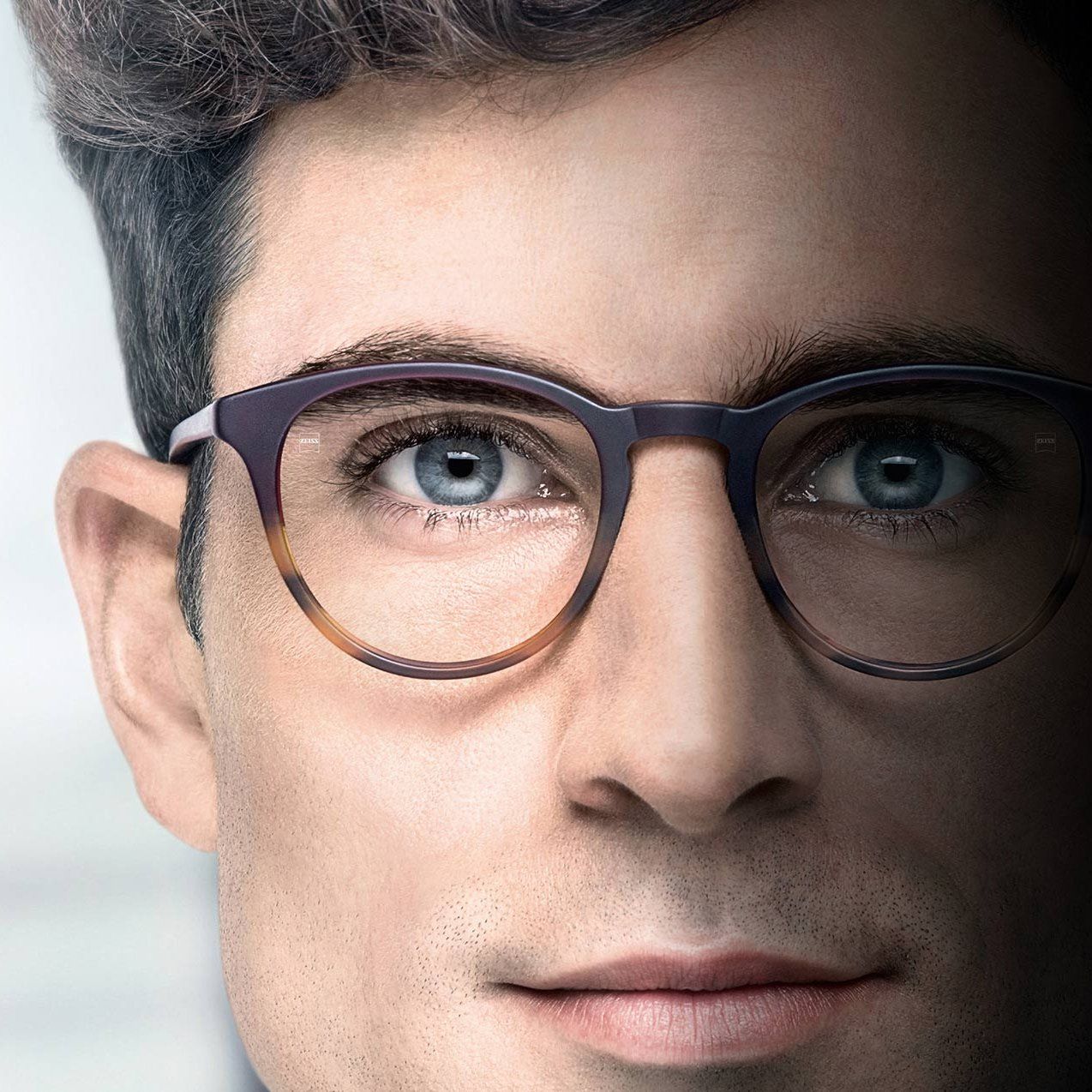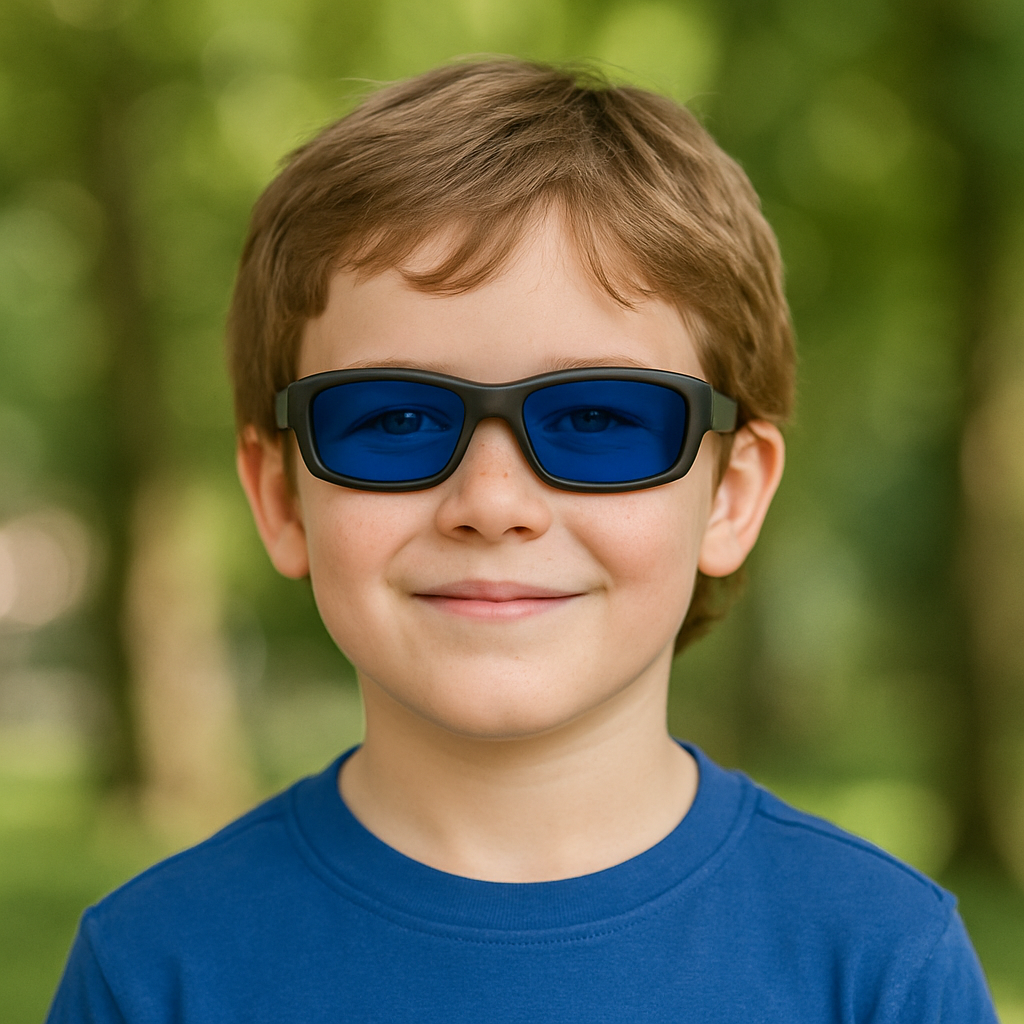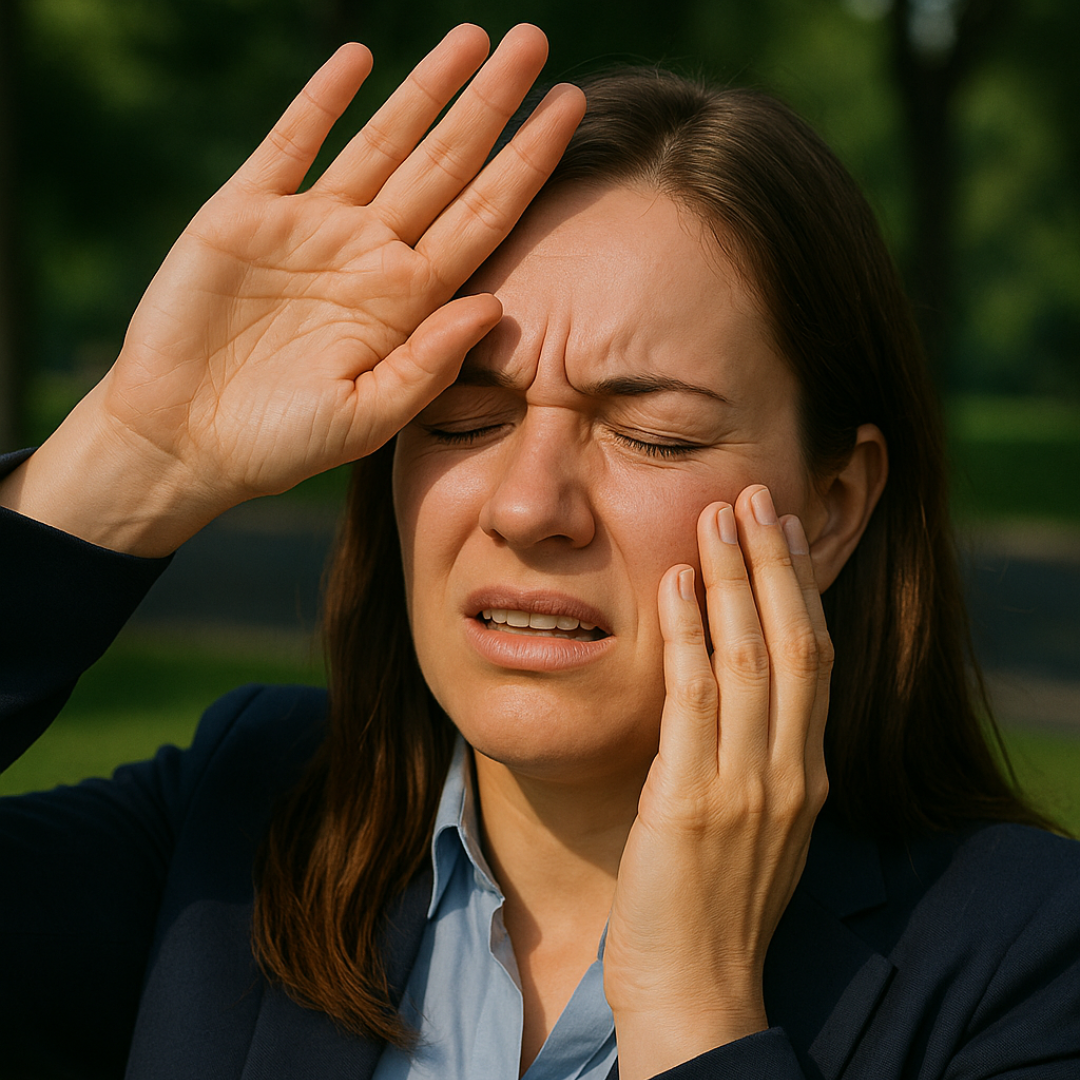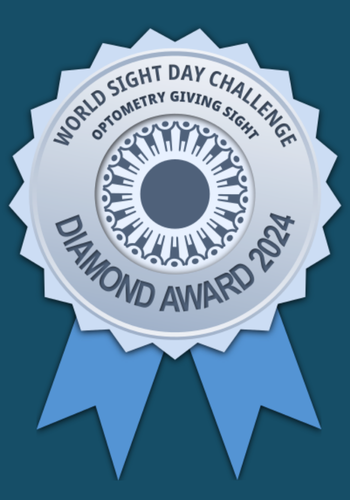TIME SPENT OUTDOORS CAN HELP YOUR CHILD’S VISION
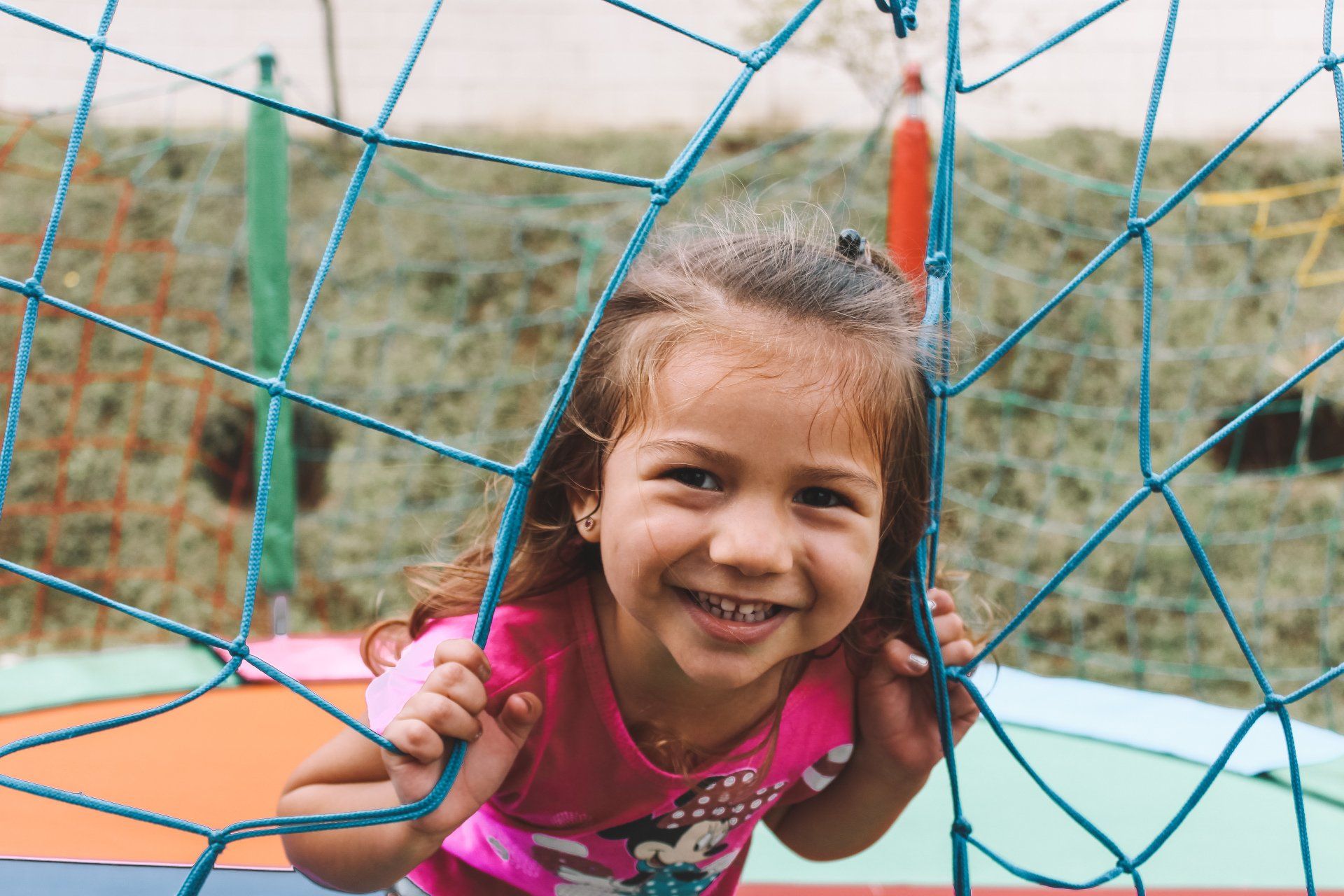
In the old days (way before computer screens became a part of our daily lives), people spent an average of 10 hours per day outdoors. There were also way fewer people wearing glasses. Is there a connection? The latest research says yes.
Blurry vision at a distance is called nearsightedness, or “myopia”. The incidence of myopia has risen sharply in the past few decades. In 2010, about 27% of the world’s population had myopia. That number is expected to double to over 50% by 2050.
The two main reasons for such an increase? Less light exposure from less time spent outdoors, and increased screen time. Research suggests that these factors play a significant role in the vision development of young children, who spend more time than ever on indoor activities where the lighting intensity can be over 150 times less than outside. Of course, indoors is where tablets, laptops, video games and smart phones are usually located.
Genetics also plays a role, and if a child’s parents are both nearsighted, the risk of that child also becoming nearsighted is 60%.
Aside from the inconvenience and expense of a lifetime of wearing glasses and/or contact lenses, nearsightedness also poses an eye health risk, with diseases like myopic macular degeneration, cataracts, glaucoma and retinal detachment occurring with greater prevalence in patients with myopia. We now have additional treatments that can help reduce the progression of myopia. Book an appointment to discuss these strategies with your MVO optometrist at your next visit.
Until then encourage your kids to get outdoors this summer and stay off the screens!
Source: To Fight Epidemic Near-Sightedness, Send Your Kids Outdoors | Psychology Today

